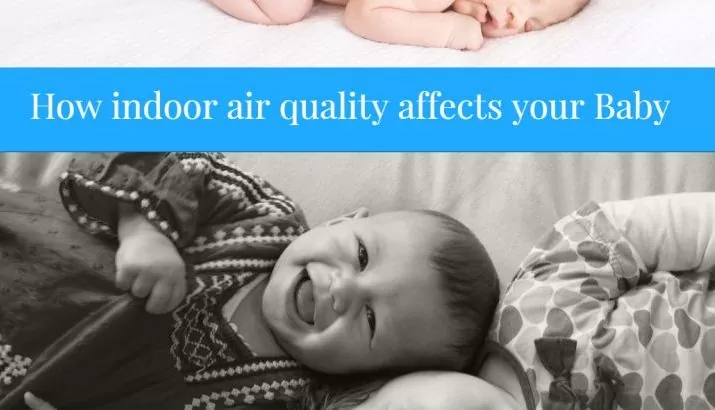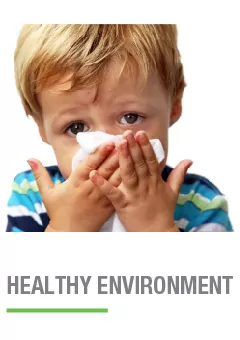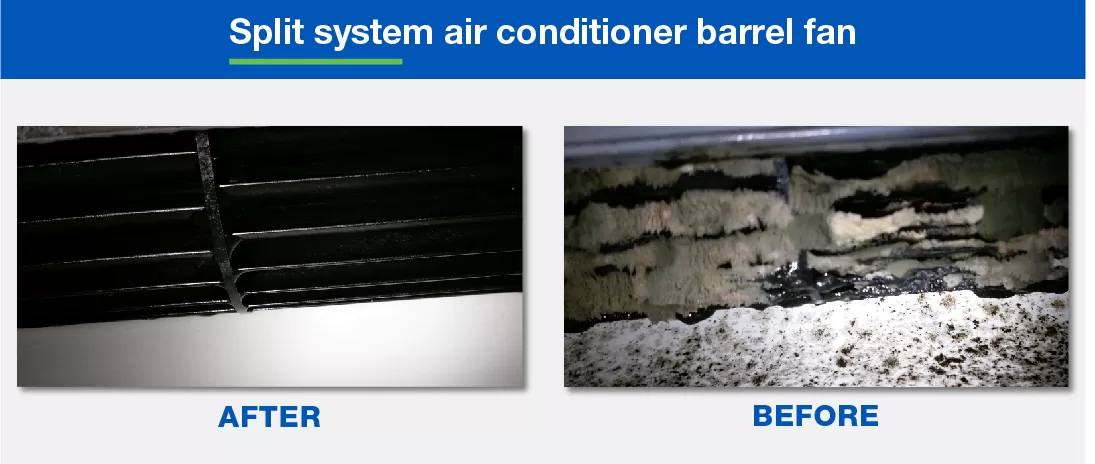
How Indoor Air Quality Can Affect Your Baby
Infants and children inhale and retain larger amounts of air pollution per unit of body weight than adults; in fact, the air intake of a resting infant is twice that of an adult.
Their narrow bronchioles are more likely to be constructed in response to environmental irritants more so than the bronchioles of adults. As children grow, their organ systems are still developing and their normal growth may be affected when exposed to pollutants at critical periods (Mathieu-Nolf, 2002)
When studying the health effects of a particular hazard, children are often considered as if they were small adults, however, children represent the largest sub-population susceptible to the adverse health effects of air population. For example, during the first few months after birth, an infant’s metabolic pathways are still developing and due to the biochemical immaturity, an infant cannot detoxify and excrete toxins as well as adults (Tamburlini et al., 2002).
It is difficult for newborn babies to regulate their body temperature, in fact, it’s only at around 18 months to 2 years that babies really learn how to regulate their temperature naturally. Using the air conditioner can help to provide the ambient room temperature to keep your baby comfortable.
Before you turn on your air con, first check to see if your air conditioner is clean and not blowing mould or bacterial contamination back into the room for your baby to breathe in?

Mould
Mould is an unsightly fungus and causes a number of negative health effects for room occupants. Usually, mould is found in dark, damp areas of your home like the bathroom. We don’t think to look in the air conditioning system when looking for mould. The air conditioner is always damp and it filters the indoor air which creates a build up of contaminants on the indoor coils creating a food source for bacteria and mould to thrive.
Health symptoms from contaminated indoor air include:
- Allergy
- Asthma
- Coughing
- Sneezing and shortness of breath
- Dizziness and nausea
- Headaches
Cleaning the filters will not address the mould issue, you will need to engage a professional that specialises in HVAC (Heating, Ventilation & Air Conditioning) Hygiene. Due to the air con’s ideal environment for mould to thrive, the mould can begin to grow back within as little as four weeks after having your air conditioner cleaned. Having the air conditioners professionally cleaned is a great start to ensuring the mould contamination is not blown back into the room. To ensure peace of mind an antibacterial treatment should be used on the coils to prevent mould growth for a minimum of 12 months. Sanitair guarantees 12-month mould free from treatment date and all Sanitair products are environmentally friendly, bio-degradable, asthma and allergy friendly.
Sanitair Premium HVAC Hygiene remediation can remove mould, bacteria, pet dander, DNA, skin squames, faeces, pests, dust, dust mites from deep within your system where you can’t reach. Our Premium clean takes approximately 60 – 90 minutes to complete and comes with a 12-month mould free guarantee. We are located in every state and territory with over 68 branches across Australia that are locally owned and operated.
Freecall Sanitair 1800 130 168 and ensure the air in your home is clean and healthy to breathe.


